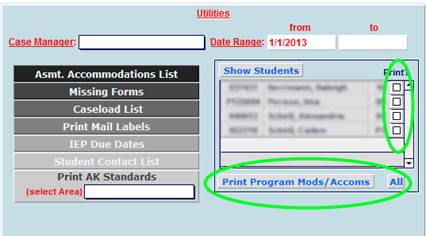Students with disabilities often struggle with general education classroom work. Whether the environment is too distracting or they can’t understand what they are being asked, students need our help to adapt their environment and instruction for success. The final newsletters of the year will include some concrete ways to adapt for students. One way is to lower the readability of questions while maintaining the same content. Here are some examples of how easy that is:
| Original Question | Revised Question |
| Compare and contrast the deciduous forest and the tundra. | How are the deciduous forest and tundra alike? How are they different? |
| Plants respond to things in their environment. List three stimuli to which most plants respond. | Name three things to which plants respond. |
| Name those structures that are found in both plant cells and animals cells. | What parts do animal cells and plant cells have in common? |
| Distinguish between a nuclear reaction and a chemical reaction. | What is a nuclear reaction? What is a chemical reaction? |
| Identify some of the plants and animals that live in freshwater habitats and some that live in marine habitats. | Name a plant and animal that lives in the freshwater habitat. Name a plant and animal that lives in the saltwater (marine) habitat. |
| Discuss reasons why animals hibernate. | Why do certain animals hibernate during the winter? |
| Volcanoes are produced by what conditions? | What causes volcanoes? |
| Laura Thomas needs insurance for her personal belongings but not for her residence since she lives in an apartment. If her semiannual insurance premium is $47.00, what amount will she have to pay for 2 years? | Laura Thomas lives in an apartment and needs to insure her belongings. The insurance premium costs $47.00 every 6 months (semiannually). How much will she pay in two years? |
Breaking down questions into more manageable parts and choosing a word choice that students can independently understand can help students to be successful in general education!
~Thanks to KPBSD school psychologist, Dr. Terese Kashi for providing the information for this series of newsletter articles.


